I am confused about something fundamental regarding PWM, PAM and PCM. I am going to be using a speaker's driver analogy to explain my point. As far as I know motors use PWM for power input, I don't know if my scenario with the speaker is any different but that's where it all began from.
As far as I know some DAC's convert digital signal to analogue signal using PCM. So you have pulses varying in amplitude being used as a carrier to represent a quantized signal (Fig. 1). That signal is then passed through a low-pass filter to interpolate the discrete pulses and get rid of the high frequency carrier. We feed the reconstructed signal into the speaker and we get clear audio.
Figure 1
Then we've got PWM with varying duty cycle (Fig. 2). Let's assume it's Vhigh is 1V and its Vlow is -1V. By varying the pulse width in a certain order we can get a desired signal (a sinusoidal in this case) as we can calculate the average voltage of each cycle: Vavg = D*Vhigh + (1-D)*Vlow, where D is the duty cycle. The result is a choppy sine wave but a sine wave nevertheless.
Figure 2
Now, this is where I am getting confused, sounds like a paradox to me. If I fed a PWM signal from Figure 2 into the speaker, what would happen? Would I hear a sine tone or the speaker popping as if it was being pushed back and forth? I understand that the average voltage comes to a sine wave, but if I connected an oscilloscope to the signal's output I would see a PWM, so what outcome would I get without any filtering or interpolation?
Similar thing with PAM, if we have 50% duty cycle and PAM pulses in a sequence of a sine wave, what would the speaker output, a tone or a popping noise?

